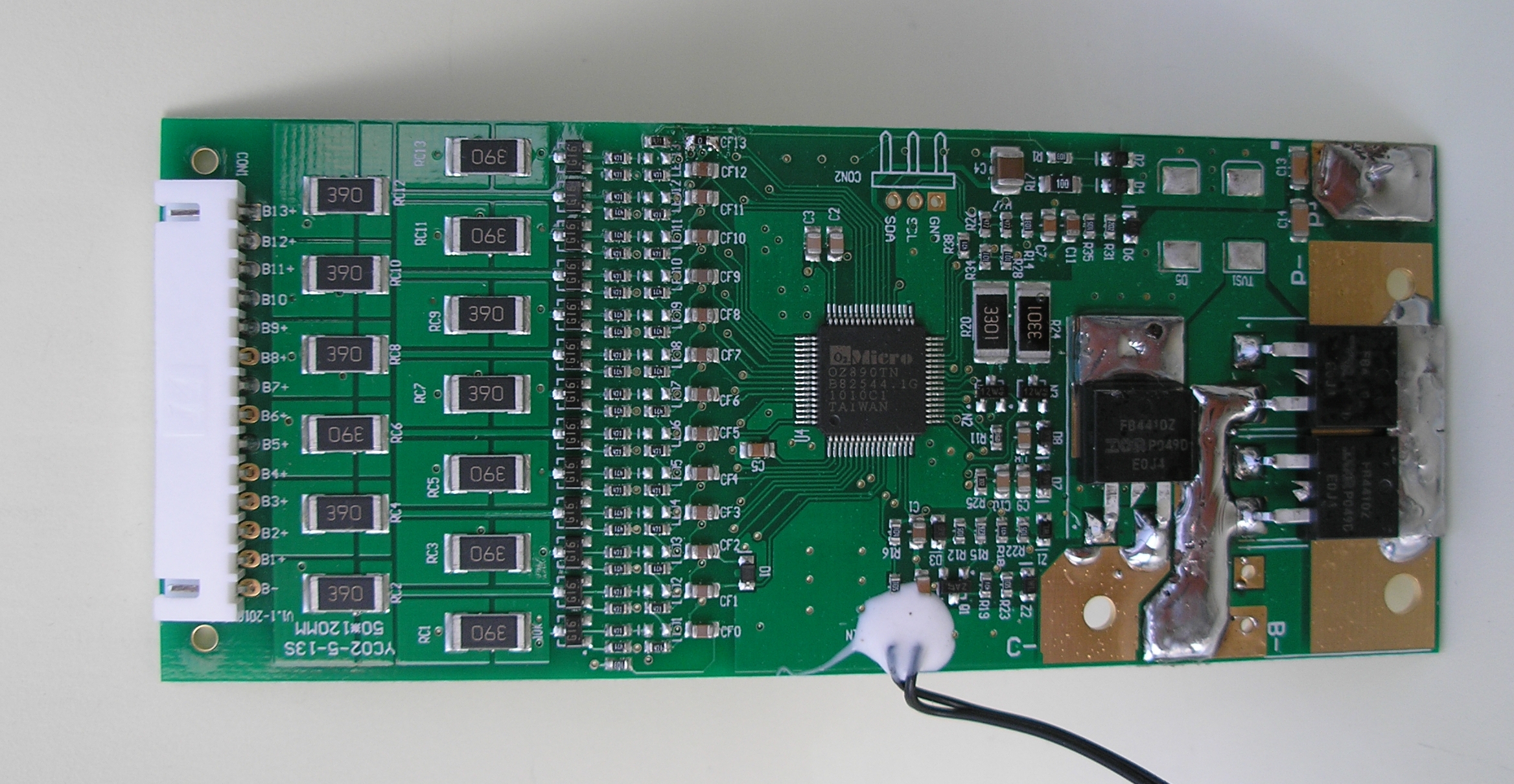avandalen
100 W
For a small production of solarbikes I need a Bluetooth BMS with internal resistance compensation. I can't find anything on the web.
I charge the 36V LiFePO4 at 8A, without IR compensation this is not possible. Ubattery = U open + Icharge * RI. There has to be compensated for Icharge * RI.
I have no time to develop my own BMS.
Maybe we can modify an existing BMS. That would be interesting for everyone, who wants to help?

https://www.avdweb.nl/solar-bike/electronics/bms
I charge the 36V LiFePO4 at 8A, without IR compensation this is not possible. Ubattery = U open + Icharge * RI. There has to be compensated for Icharge * RI.
I have no time to develop my own BMS.
Maybe we can modify an existing BMS. That would be interesting for everyone, who wants to help?
https://www.avdweb.nl/solar-bike/electronics/bms


